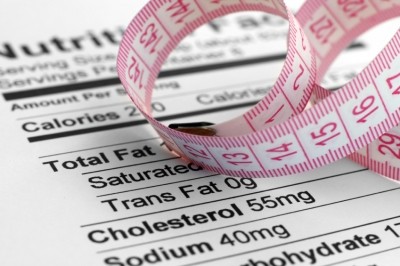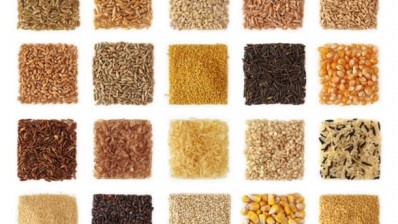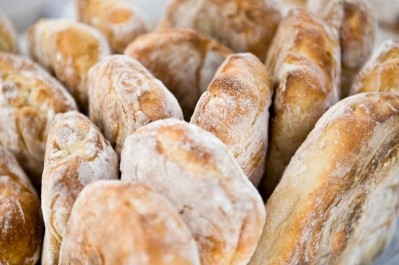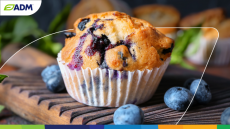Special edition: Closing the fiber gap
Cereal gets to the heart of fiber deficiency, but is fortification the way to go?
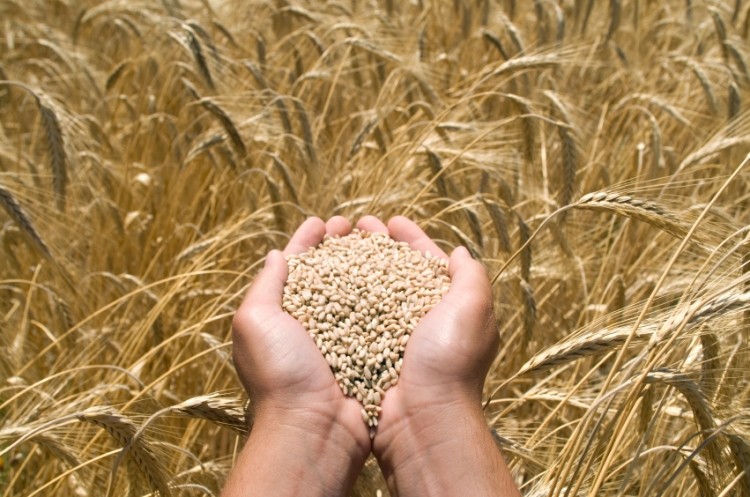
The nine-year research, published in the British Medical Journal, found that after surviving a heart attack, people who ate higher levels of fiber improved their chances of living longer by up to a quarter.
Within this, the US researchers looked at three different types of fibers – cereal, fruit and vegetables – and found the strongest association with these positive survival outcomes was seen with cereal fiber.
However, Victoria Taylor, senior dietician for the UK charity British Heart Foundation (BHF), told BakeryandSnacks.com fortification of bread, snacks and cereal was not necessarily the way to go.
Giving cereal fiber credit
Taylor said these results were significant in that they shifted the focus from soluble to insoluble fiber sources; something she said can be neglected in conversations on health and fiber.
“We focus a lot on soluble fiber. Things like vegetables and fruit,” she said. “This is a good example of why we need to focus on a whole diet approach.”
She said the study shed light on the importance of things like whole grain breads. Soluble fiber – oat bran, barley, nuts, seeds, beans, lentils, peas, and some fruits and vegetables – is dissolved in water and slows down digestion. This helps you feel fuller for longer by emptying the stomach at a slower rate and therefore affecting blood sugar levels. Insoluble fiber – found in wheat bran, vegetables, and whole grains – does not dissolve and passes through the system relatively intact adding bulk to the diet and helping to prevent constipation.
Addressing the deficiency without fortification?
Taylor said: “We can’t say for sure what caused the fiber benefit seen here. But we do know that, on average, we’re not getting enough fiber in our diets.”
According to the Boston study’s researchers, less than 5% of Americans get the minimum recommended fiber intake of 25 g for women and 38 g for men in their daily diets. Meanwhile in the UK adult fiber intake averages at 14 g a day, 4 g less that the national daily recommendation.
Asked if she thought fortification could address this deficiency, Taylor said: “I’m not sure it’s absolutely necessary, at the British Heart Foundation we don’t advocate any kind of supplements. It’s possible to get enough fiber from ‘normal’ food, from foods naturally high in fiber.”
She said the BHF wanted instead to promote a holistic, ‘normalized’ discourse around diet where it wass possible to get everything needed from a healthy, balanced diet without supplementation or fortification.
Labeling clarity
However, she said it was important to up fiber intake, and suggested clear labeling of fiber-rich snacks might be the best way to ensure consumers are clear about the fat and sugar content that runs along side. The BHF is a keen supporter of the UK government’s voluntary color-coded labelling system.
“We do need to make sure we have labeling clear and consistent to make sure claims made are fair,” Taylor said.
She said the so called ‘traffic light’ system makes content “very obvious”.
For more on this 'closing the fiber gap' special edition, see below:
Fiber and beyond: Technical promise outshines nutritional value
Clever fiber blends offer weight management hope, says Professor
Bread still rules high-fiber realm; Latin America rising fast
